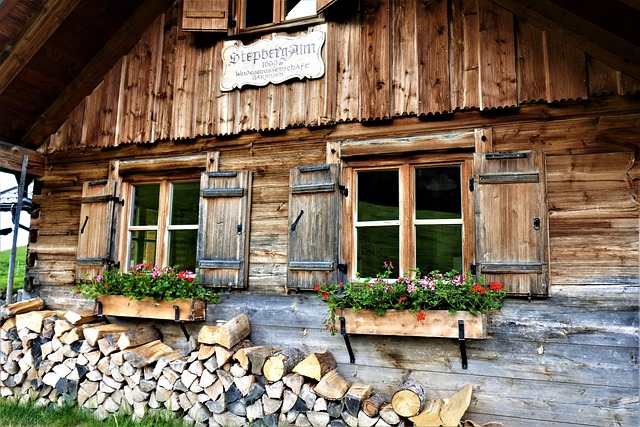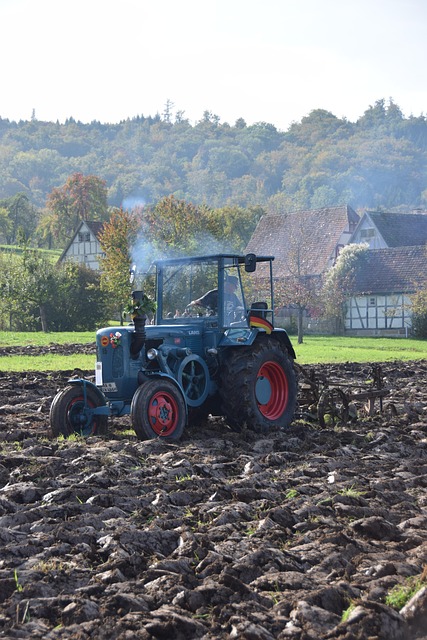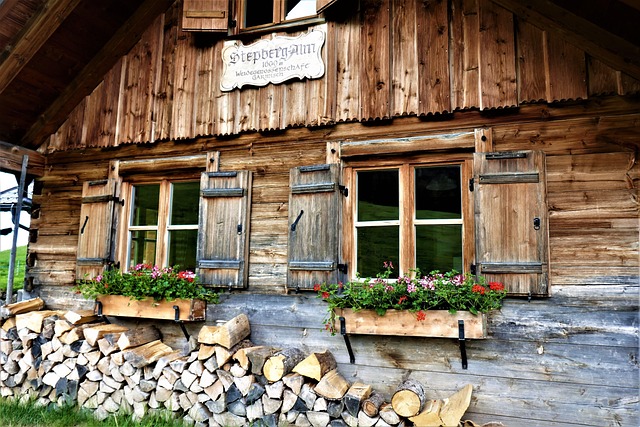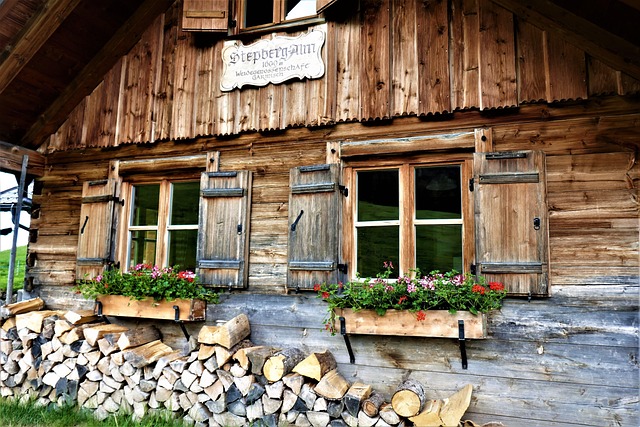Diverse communities significantly impact real estate markets by cultivating vibrant dining and shopping scenes. Unique cultural backgrounds introduce varied culinary preferences and retail needs, benefiting local businesses and enhancing neighborhood appeal. Ethnic enclaves showcase authentic cuisines while trendy areas offer fusion restaurants, creating diverse experiences that drive foot traffic and attract tourists. Multicultural neighborhoods, with their distinct business ventures, boost local economies, increase livability, and foster social connections, ultimately making cities global destinations.
In today’s diverse and interconnected world, dining and shopping experiences have evolved into a vibrant tapestry woven with threads of cultural exchange. The impact of multicultural communities is transformative, reshaping urban landscapes with unique culinary and retail offerings. This article explores how diverse populations catalyze real estate development, fostering inclusivity through mixed-use spaces that cater to varied tastes and budgets. We delve into the economic empowerment that arises when local businesses embrace multiculturalism, showcasing best practices for supporting and promoting these vibrant enterprises.
The Impact of Diverse Communities on Dining and Shopping

In diverse communities, dining and shopping scenes thrive due to a rich tapestry of cultural influences. When real estate in an area attracts residents from various backgrounds, it opens up a world of culinary and retail possibilities. Local businesses benefit from this diversity as different cultures bring unique dietary preferences, cooking styles, and products to the market. This variety enriches the overall experience for both residents and visitors, fostering a vibrant and inclusive atmosphere.
Moreover, diverse communities often lead to innovative shopping experiences. Businesses adapt to cater to specific cultural needs, offering specialized products and services that might otherwise be hard to find. This not only strengthens local economies but also encourages foot traffic and supports the growth of unique retail destinations. As a result, diverse dining and shopping environments become key attractions, enhancing the overall appeal of an area in the real estate market.
– Exploring the relationship between diverse communities and unique culinary & retail experiences

In many vibrant cities, the diverse communities that call them home are directly reflected in their culinary and retail landscapes. This interplay between people and places creates a unique atmosphere where real estate isn’t just about brick and mortar; it’s about capturing the essence of different cultures. Each neighborhood, with its distinct character, offers a variety of dining and shopping experiences that cater to diverse tastes and backgrounds. For instance, ethnic enclaves often showcase authentic cuisines, while trendy urban areas boast innovative fusion restaurants, all contributing to a rich culinary ecosystem. Similarly, local shops in historic districts may feature artisanal products, whereas newer commercial hubs could offer contemporary fashion boutiques, ensuring there’s something for everyone.
This cultural mosaic is not just aesthetically pleasing; it drives real estate values and attracts tourists. The integration of diverse communities into the fabric of a city enhances its livability and appeal, making it an attractive destination for residents and visitors alike. Moreover, these unique experiences foster social connections, encourage exploration, and celebrate the beauty of global cultures, all within a local context.
– Case studies: How multicultural neighborhoods shape local business landscapes

Multicultural neighborhoods are a vibrant testament to the diverse dining and shopping experiences that shape local business landscapes. These areas, often referred to as melting pots, are characterized by a rich blend of cultures, traditions, and cuisines. Real estate in such locations becomes a hotbed for unique business ventures. For instance, a bustling Chinatown might house not only authentic Asian restaurants but also specialty shops selling exotic ingredients and cultural artifacts. Similarly, Little Italy could be renowned for its traditional Italian eateries and gelaterias, alongside trendy fashion boutiques that cater to a cosmopolitan clientele.
The presence of multicultural neighborhoods significantly influences local economies. Diverse communities attract a wide range of consumers, fostering a dynamic market environment. Businesses in these areas often innovate to meet the varied needs of their customers, ensuring they stay competitive. This cultural exchange not only enriches the culinary and retail scenes but also contributes to a more vibrant and inclusive urban fabric, making such neighborhoods desirable destinations for both residents and tourists alike.






